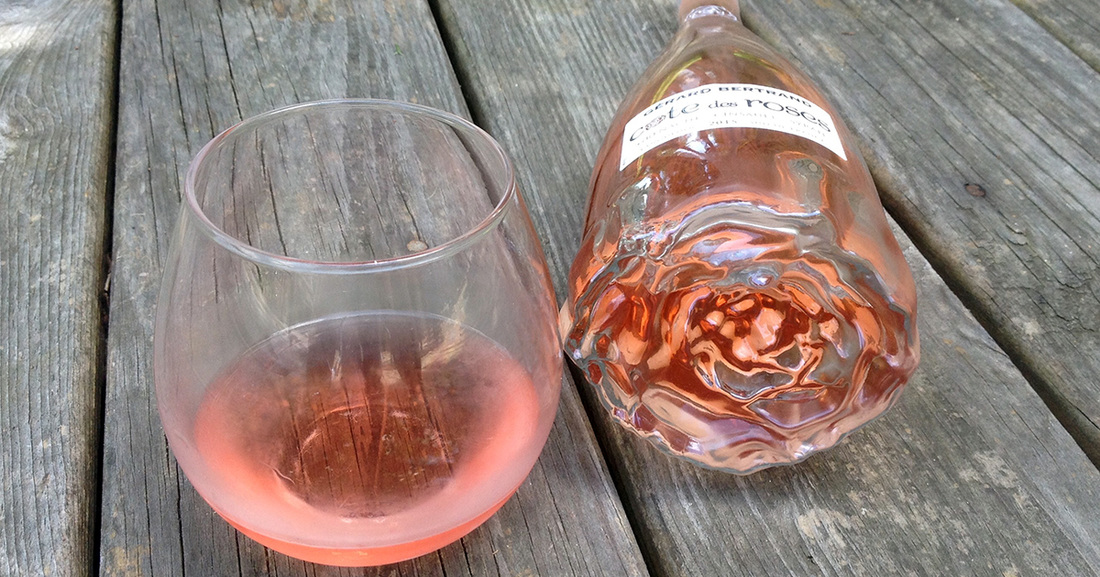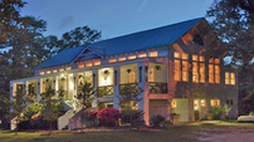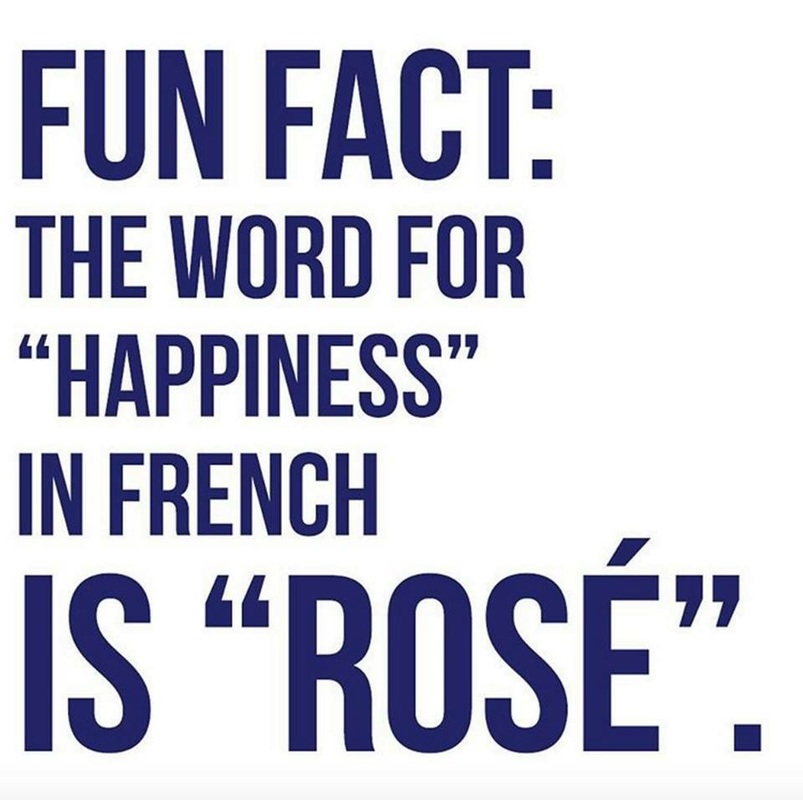Pink is the New White: The Rosés of Summer
The ancient Greeks drank pink wine in hot weather - they were definitely on to something. With Anna's recommendations for Steals (around $10), Deals ($15 range) and Splurges ($20 - $40 range) - all locally available in the Bay-Waveland area!
- by Anna Speer
While primitive, this "skin contact" method is not so different from the primary winemaking techniques used to make rosé today. Thus, we can say that rosé wines are probably the oldest wine style in the world. Keep that fact in your back pocket while proudly drinking rosé at a party: you and Socrates probably have the same taste in wine.
Today, rosés display great variety in color and taste profile, ranging from off-orange and bone-dry to bright purple and sweet. Rosés spend a notably short time in maceration (that's wine-speak for processing and maturing); this limits their shelf life. These are "right now" wines best consumed within a year of production, with the newest vintages offering the freshest choices. Let's take a look at the most popular grapes used to make rosé and the styles of wine they produce: Grenache accounts for over 60 percent of rosé blends and is also used to create single varietals. Most notably, these grapes are used in immensely popular French Grenache/Cinsault/Syrah blends. These wines are fresh, fruity and acidic, with good body and a long finish. They show best when fully chilled, and go well with literally everything, especially hot July evenings. Of all the wines I sampled for this article, Grenache-based rosés were far and away my favorites.
Syrah rosés are also delicious, showing a slightly more funky, savory style; they should be served slightly warmer than GCS blends and go beautifully with anything grilled. Rosés of Pinot Noir are gaining popularity along the Pacific coast, with Oregon and Washington creating some earthy, delicate options. In other regions of the world, rosés are made from Gamay, Cabernet Franc, Cabernet Sauvignon and other red grapes; sadly, these styles are less available in our market.
"But Anna, what about White Zinfandel? It's pink!" Sigh. How did I know this question would come up? Here's the easy answer. In the '70s, the demand for white wine exceeded the available plantings in California, so a business-savvy winemaker made a white wine from red Zinfandel grapes. There was a problem with the fermentation process; not all the sugar changed to alcohol. The result was a very sweet pink wine, and the winemaker decided to sell it. Hello, White Zinfandel, White Merlot, etc. While popular, we do not consider these wines to be in the same category as rosés.
So, how do we select our ideal rosé? Start by asking a few questions. "Is it dry?" Sometimes, this question can be answered by looking at the wine's country of origin. European rosés tend to be drier while U.S. and New World rosés can lean toward semi-sweet. If you are looking for a sweet pink, refer to the previous paragraph. "How's the color?" Try to avoid selecting a wine solely based on color: while consumers tend to purchase deeper-hued rosés, blind taste tests have demonstrated a strong trend in preference for lighter ones. When in doubt, go French; they've been doing the rosé thing for a long time. "Will the boys like it?" Gentlemen, pink wine isn't just for the ladies: this is a lasting trend we all need to jump on. If anyone raises an eyebrow at you while you're sipping on a delicious glass of summertime heaven, tell them this: it's not ROsé, its BROsé. Steals, Deals, Splurges
|
Categories
All
Archives
July 2024
|
Shoofly Magazine Partners
Our Shoofly Partners are local businesses and organizations who share our mission to enrich community life in Bay St. Louis, Waveland, Diamondhead and Pass Christian. These are limited in number to maximize visibility. Email us now to become a Shoofly Partner!





























 RSS Feed
RSS Feed























